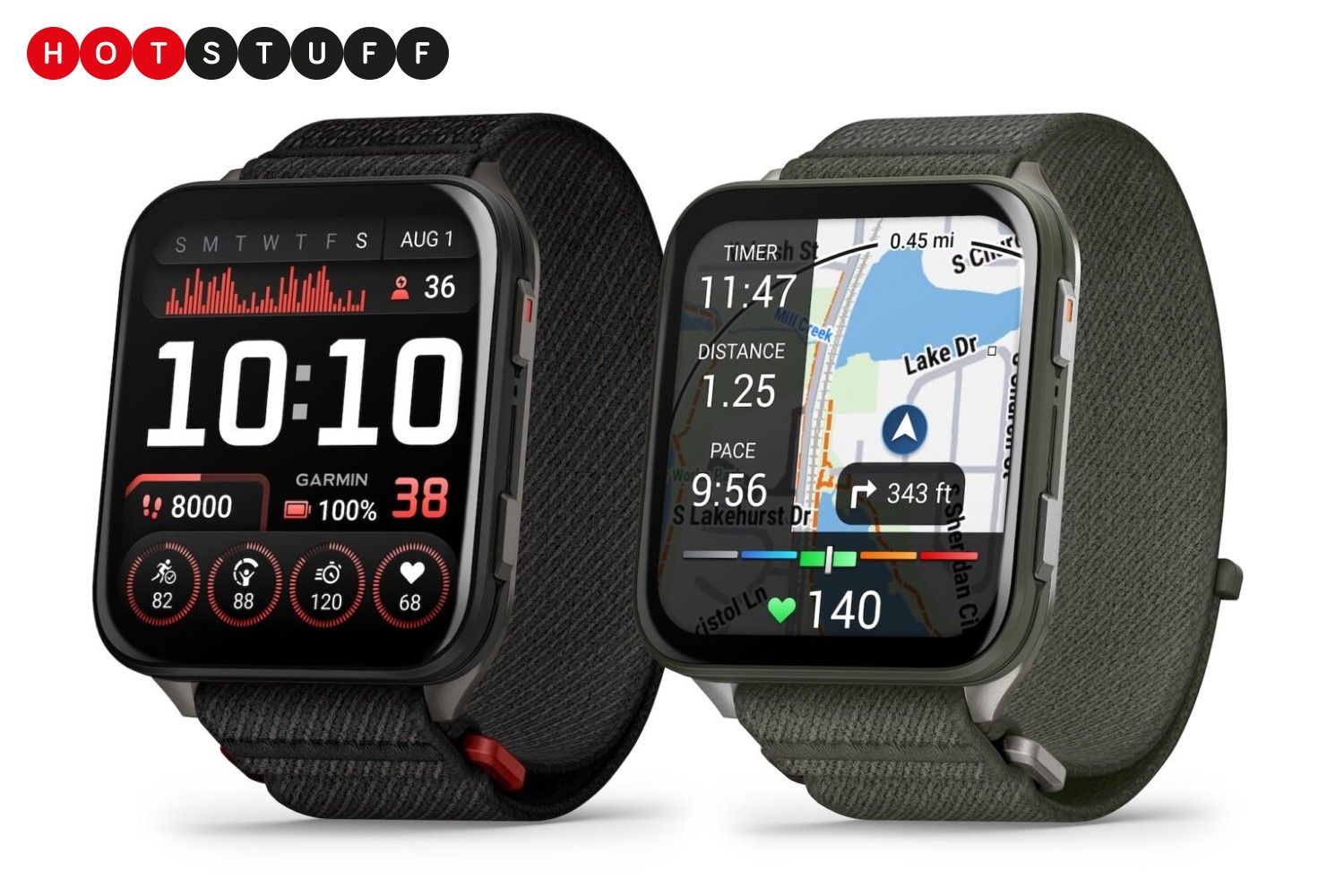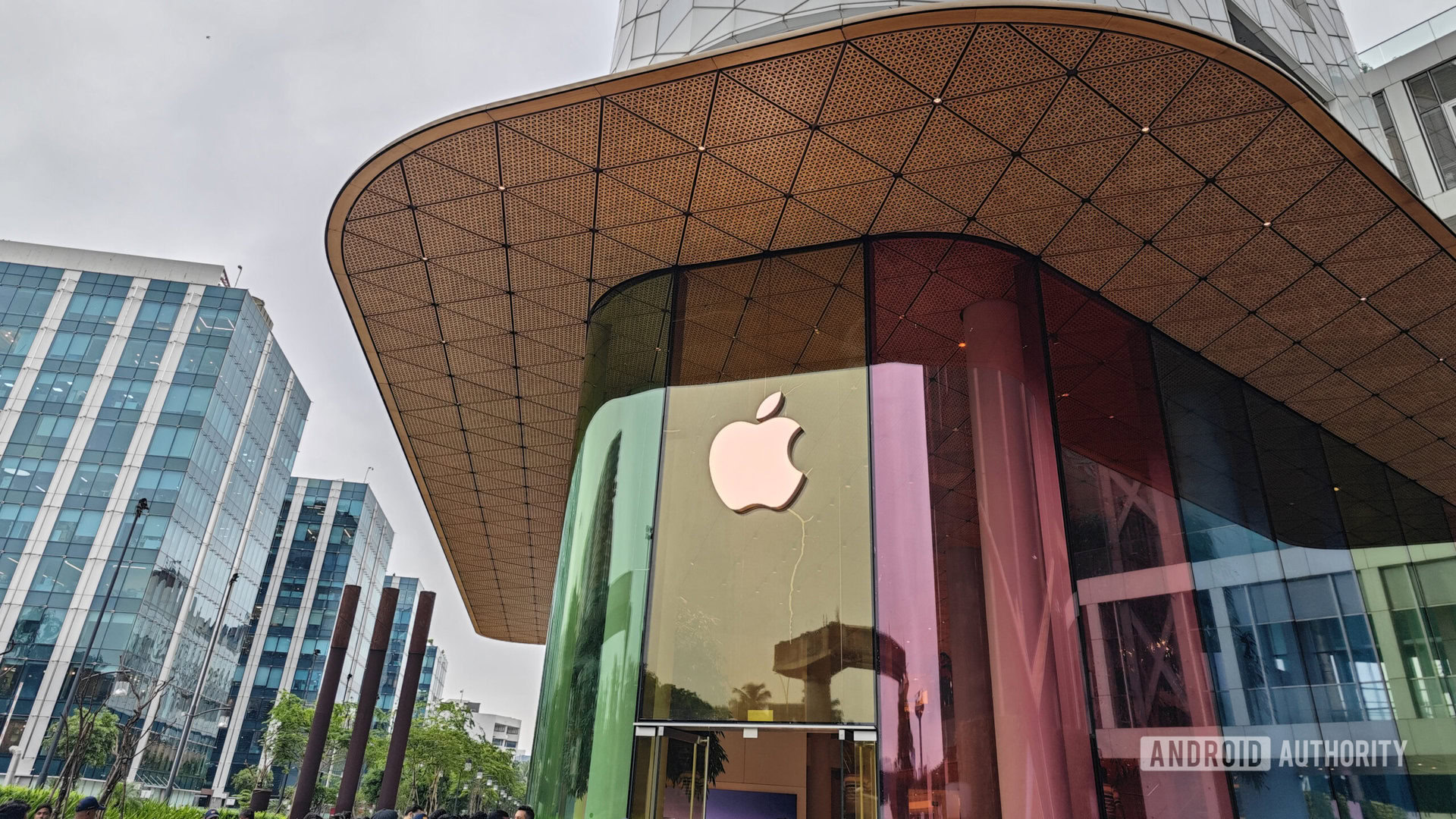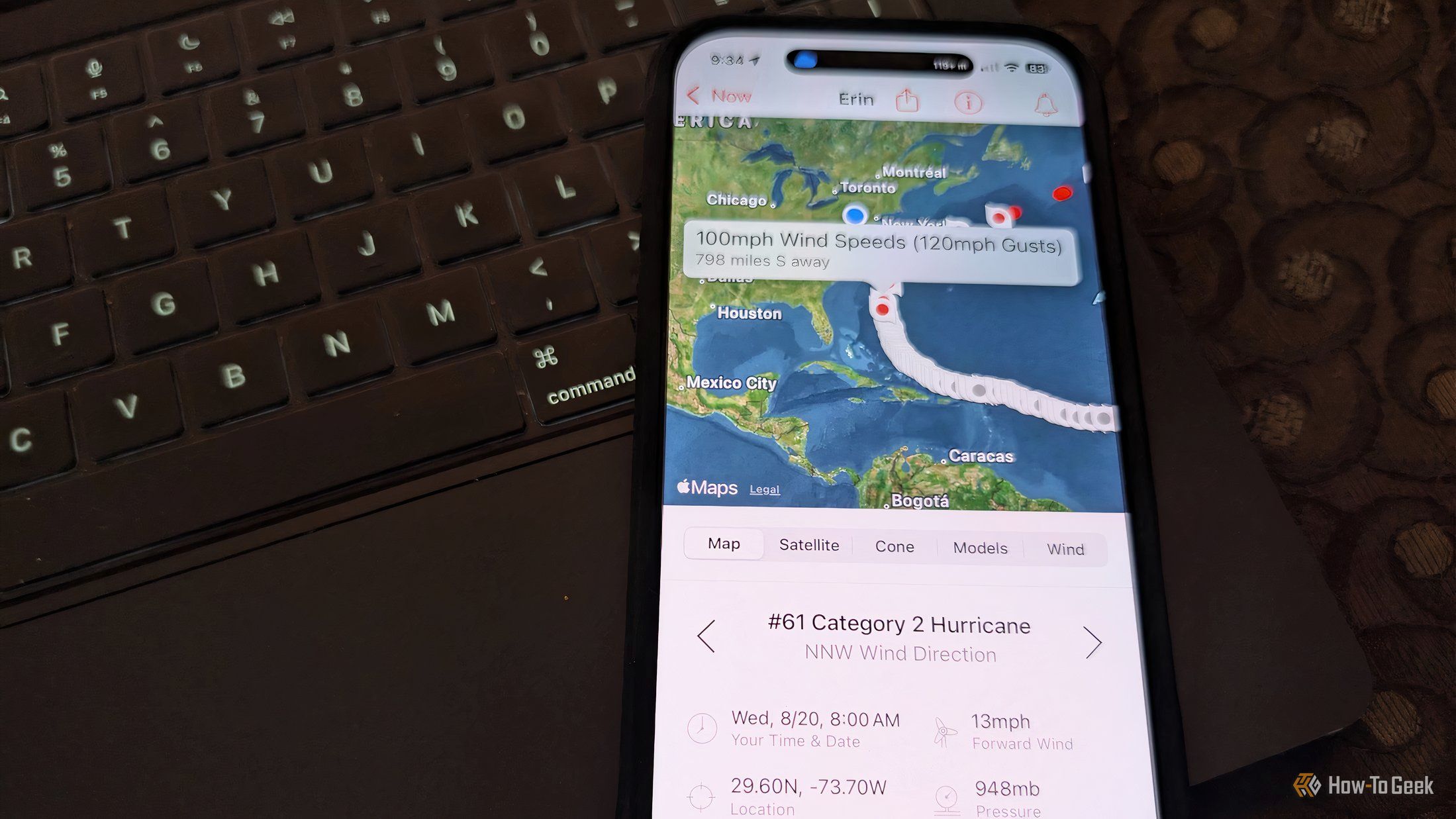You’re not managing a quiet room of servers anymore. You’re wrangling a noisy, shape-shifting orchestra of containers, microservices, and distributed pieces that don’t always follow the rules. Most of them don’t even stick around long enough to say hello. According to the Cloud Native Computing Foundation, more than 96% of organizations are now using or exploring Kubernetes. Infrastructure isn’t just complex. It’s fast, ephemeral, and unpredictable.
But the tools we use to monitor this chaos? They’re still stuck in the past. Rigid dashboards, static logs, alerts that either scream too often or not at all. Traditional monitoring wasn’t built for this level of volatility. Engineers need something sharper, smarter, and faster. The kind of observability that doesn’t just watch from a distance but follows the action deep inside the system.
Why the Old Monitoring Stack is Breaking Down
Metrics and Logs are Losing the Race
Monitoring used to be simple. You collected logs, set a few metrics, and got notified when things went sideways. It worked well back when apps ran on long-living virtual machines and followed predictable patterns.
Now? Your containers might launch and disappear in under a minute. Some never even make it to your monitoring agents. You can’t rely on logs that never had time to write themselves. And metrics only show you what you already knew to measure. When something goes wrong outside those dimensions, you’re blind.
Worse, adding more metrics isn’t the solution. It’s a trap. You’re just cramming more data into systems like Prometheus until they start gasping for air. In one real-world example, a team went from a few hundred metric series to more than 10 million. That wasn’t insight. It was overload.
More metrics don’t mean more clarity. Sometimes they just mean more noise.
The Human Cost of Outdated Monitoring
When monitoring tools miss the mark, engineers take the hit. Not in dollars, but in long nights, stressful on-call rotations, and mental fatigue that builds up fast. Every alert that fires without reason chips away at focus. Every root cause that slips through forces another round of guesswork.
Google’s Site Reliability Engineering book says it clearly. Too many alerts with too little meaning will burn your team out. It’s more than just annoying. It drains productivity and makes people dread the work.
And the most frustrating problems? They’re the ones nobody even knew to watch for. Those “unknown unknowns” catch teams off guard because the monitoring stack never had eyes on them in the first place. That’s when people start relying on tribal knowledge and trial and error. It’s not sustainable. It’s not healthy. And it certainly doesn’t scale.
Observability isn’t just a technical goal. It’s a lifeline for the people keeping your systems alive.
The Cloud-Native Trap
Cloud-native architecture promises flexibility. You get auto-scaling, self-healing nodes, service meshes that reroute traffic on the fly. On paper, it looks like a dream. But that same flexibility destroys the assumptions older monitoring tools depend on.
Legacy systems expect services to live long enough to be observed. They assume logs will get written, and data will follow a straight line from A to B. That doesn’t happen anymore.
Modern traffic bounces around. Retries cover up failures. Containers crash before logging anything useful. And dashboards? They become outdated before they finish loading. You’re troubleshooting blind, using stale data that no longer tells the full story.
Why API Discovery Matters
Modern infrastructure doesn’t stop at nodes and pods. It includes a growing number of APIs, some being persistent, others spun up on the fly. In fast-moving environments, new services expose endpoints in real time, then vanish before anyone notices. If your observability stops at infrastructure, you’re missing a huge part of the picture.
Undiscovered APIs don’t just create blind spots – they create risk, attack surfaces, and debugging dead ends.
API discovery helps teams build a living map of what’s out there. Not just what should be there, but what actually is. This becomes critical in microservice-heavy systems, where APIs change often and without notice. When you know what’s running and what it exposes, you gain control, reduce uncertainty, and simplify monitoring.
This visibility layer isn’t optional anymore – it’s foundational.
eBPF: Observability at the Kernel Layer
Why the Kernel Holds the Missing Context
Sometimes, the truth lives lower than your logs. To see what’s really going on, you have to leave the application layer behind and look at the operating system itself. That’s where eBPF steps in.
Short for extended Berkeley Packet Filter, eBPF allows small programs to run directly in the Linux kernel. These programs can trace system calls, inspect network behavior, and watch how processes behave — all in real time, without modifying your application code.
Because eBPF sits at the kernel level, it doesn’t care how long a container lives. Whether it’s sixty minutes or six seconds, eBPF sees it. It can detect dropped packets, slow DNS lookups, or weird latency in a socket connection – even if the workload was so fast that your usual tools never saw it.
With eBPF, you’re not relying on your app to confess what’s wrong. You’re watching the system itself, directly. And because there’s no need for intrusive sidecars or custom instrumentation, the overhead stays low and the visibility stays high. That’s exactly what DevOps and SRE teams need when monitoring infrastructure that’s built to move fast.
Keeping it Safe with the eBPF Verifier
Running code in the kernel sounds risky. And it would be; if there weren’t guardrails.
Before any eBPF program runs, it passes through a powerful safety check known as the eBPF verifier. Think of it like a strict customs officer at the gate. It scans every line of the program for unsafe behavior. That includes memory violations, invalid jumps, infinite loops, and anything else that could crash the system.
Only programs that pass this check are allowed to run. That’s how eBPF manages to offer deep, kernel-level insight while keeping production systems stable. This built-in safety is part of what makes eBPF unique. It delivers powerful visibility, but never at the cost of reliability.
Kubernetes Network Policies: From Visibility to Control
Observability Alone Isn’t Enough
Seeing what went wrong is useful. But stopping it from happening again? That’s even better.
In Kubernetes, enforcement is handled by Network Policies. These rules control which pods can talk to which.
But here’s the catch. When something breaks because of a policy, traditional tools often stay silent. There’s no log entry, no clear error – just a failed connection and a confused engineer wondering what happened. This silence turns debugging into guesswork. And it burns time.
Merging Policies with Real-Time Insight
Thankfully, modern observability tools are closing that gap. Instead of guessing, engineers can now see exactly when a policy blocked something, what rule was involved, and whether the outcome made sense.
That level of visibility makes a difference. When Kubernetes network policy is paired with real-time context, teams fix problems faster. They avoid breaking things by accident. And they can enforce stronger rules without losing visibility.
With insight and enforcement working together, engineers gain control over cluster behavior without sacrificing speed or reliability.
The New Observability Stack: What’s Actually Replacing Monitoring
Old monitoring tools weren’t useless. They just weren’t built for what we face now. Today’s systems aren’t slow-moving or predictable. They shift constantly, generate noise at scale, and often break in subtle, fast ways. This requires a different mindset and a different stack.
OpenTelemetry and eBPF: A New Partnership
Modern teams are turning to OpenTelemetry to unify their telemetry data. It collects logs, metrics, and traces from across services in a vendor-neutral, language-agnostic way. This has made it the go-to foundation for observability in many environments.
But OpenTelemetry doesn’t cover everything. It can’t reach the kernel. It can’t watch behavior from uninstrumented services. That’s where eBPF steps in.
By pairing the two, teams gain full-stack visibility. OpenTelemetry offers a wide-angle view. eBPF captures what happens deep in the operating system. The result is a real-time understanding of system behavior, from the application layer all the way to the metal.
What This Modern Stack Looks Like in Practice
This new approach isn’t just about better tools. It’s a change in how teams think about observability. A modern stack often includes:
- Unified data collection through OpenTelemetry
- Kernel-level tracing tracing powered by eBPF
- Live feedback on network policies and server behavior
- Smarter alerting and root cause analysis supported by Machine Learning
Teams with complete observability respond to incidents faster and fix things with more confidence. This isn’t about being reactive. It’s about knowing what’s happening as it happens and then doing something about it right away.
From Observability to Insight-Driven Action
Seeing what’s wrong is good. But acting on it instantly and intelligently is what teams really need. Traditional dashboards show you symptoms after the fact. Static logs and metrics give you historical context. But in fast-moving environments, you need something more responsive. Something that watches in real time, learns, and adapts while the system is still running.
This is where low-overhead tracing inside the operating system begins to shine. Without touching your application code or adding bulky sidecars, kernel-level tools can detect DNS delays, trace packet retransmissions, and observe system call latency. It’s quiet, efficient, and remarkably powerful.
These tools don’t just fill gaps left by old monitoring systems. They redefine what’s possible. They follow workloads that spin up and disappear in seconds. They show you exactly where performance is breaking down. And they do it without flooding your pipeline with irrelevant data.
Recent CNCF surveys highlight this shift. For teams working with serverless functions or edge workloads, visibility is one of the biggest challenges. Not because data is missing. But because context is. Infrastructure-level observability gives back that context, capturing things higher layers often ignore.
And with that context comes the power to act.
How Modern Teams are Closing the Gaps
Leading engineering teams aren’t just using new tools. They’re rethinking how observability works from the ground up. The old strategy was to collect everything and hope to make sense of it later. But in modern systems, that leads to overload. Fast-moving services and high-volume data require smarter decisions, not just more information. Here’s how top teams are adapting:
Closing the Latency Gap
Instead of waiting for logs after the fact, teams now rely on real-time telemetry. They monitor the system while it runs and catch issues in the moment.
Breaking Away From the App Layer
By observing the operating system directly, teams no longer depend entirely on application logs or metrics. This helps uncover problems in short-lived containers or third-party services.
Filtering Noise at the Source
Smart observability stacks filter irrelevant data early. This reduces noise, lowers processing costs, and makes it easier to spot what matters.
Tying Observability to Incident Response
Monitoring is no longer isolated. It’s part of the response pipeline. Real-time insights help with faster triage, clearer tagging, and better rollback decisions.
Finding Root Causes Instead of Reacting to Symptoms
Modern pipelines connect dots across multiple layers. For example, they correlate memory pressure with packet delays to reveal the true origin of a failure.
These are not just upgrades. They are survival tactics for teams operating in fast, complex production environments.
What You Can Do Right Now
You don’t need to rip out your whole stack to move forward. In fact, starting small is often smarter. What matters is that you take meaningful steps toward better visibility.
1. Spot the Blind Spots
- Are your alerts actually useful?
- Can you trace why something failed without guessing?
- Are short-lived containers going completely unnoticed?
The answers will tell you where your observability is falling short.
2. Add Visibility at the Kernel-level
Experiment with tools that use eBPF to trace system calls, monitor DNS slowdowns, and catch dropped packets. These tools offer deep insight even in fast-moving environments.
bash
# Trace all syscalls across Kubernetes namespaces
sudo ./trace-syscalls.sh --all-namespaces
This lets you track behavior at the operating system level without changing any app code.
3. Start Using OpenTelemetry
Instrument one service and stream that data to a vendor-neutral collector. Watch how logs, metrics, and traces start to connect. You’ll gain clearer context and more complete visibility.
4. Combine Observability with Enforcement
If you’re using Kubernetes Network Policies, don’t treat them as isolated. Link them with real-time traffic data. This helps you understand how policies behave in practice, not just on paper.
5. Keep Things All Efficiency
As you scale, so does your data. Use tools that filter low-value signals early. This helps reduce costs and avoids flooding your system with unnecessary noise.
Conclusion
Modern infrastructure moves fast. It’s unpredictable, short-lived, and rarely polite enough to announce when it breaks.
If you’re still relying on the same monitoring tools you used five years ago, you’re likely missing key signals. Observability today needs to go deeper. It needs to work in real time, from the surface all the way down to the kernel. It’s not about seeing everything. It’s about seeing the right things early enough to make a difference. So take the step. Build visibility into every layer of your system. Your future incidents will thank you for it.












